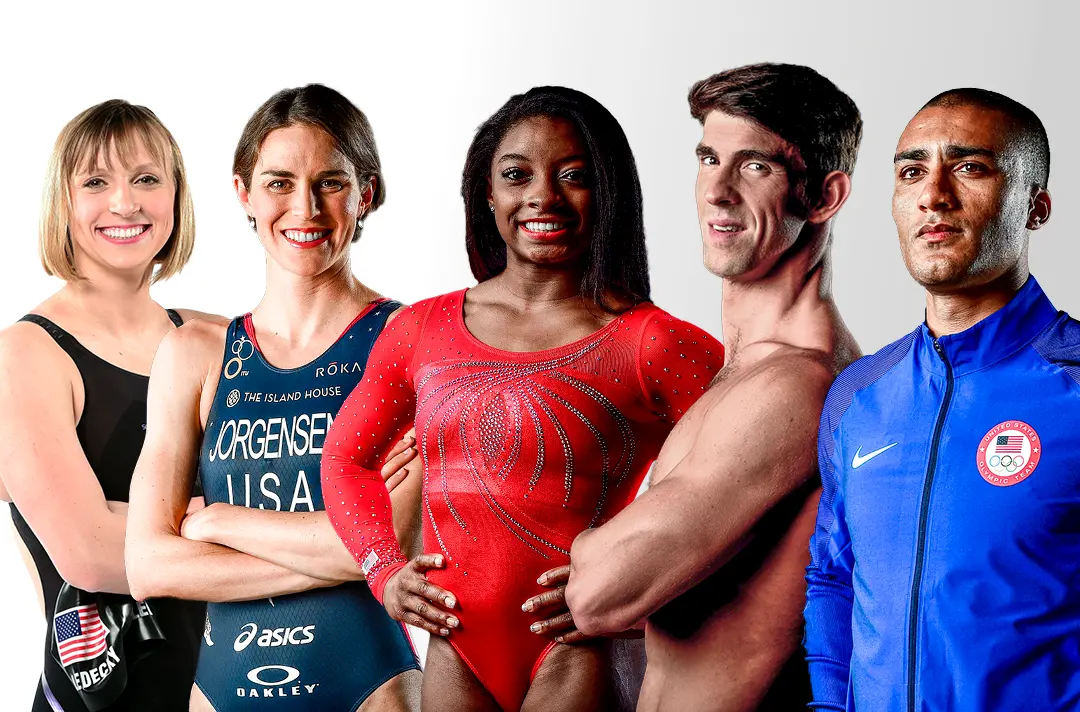Pistons center Andre Drummond set an NBA record on Jan. 20 when the Detroit star missed a staggering 23 free throws—out of 36 attempts—in a win over Houston. The NBA’s leading rebounder—and worst free throw shooter—was (unofficially) intentionally fouled 21 times in the Pistons win.
At one point Houston fouled Drummond 12 straight times—including five in the first nine seconds of the third quarter.
Yikes.

Detroit Pistons center Andre Drummond (R) is one of the best centers in the game, but teams know that his free throw shooting is awful. AP Photo/Paul Sancya





